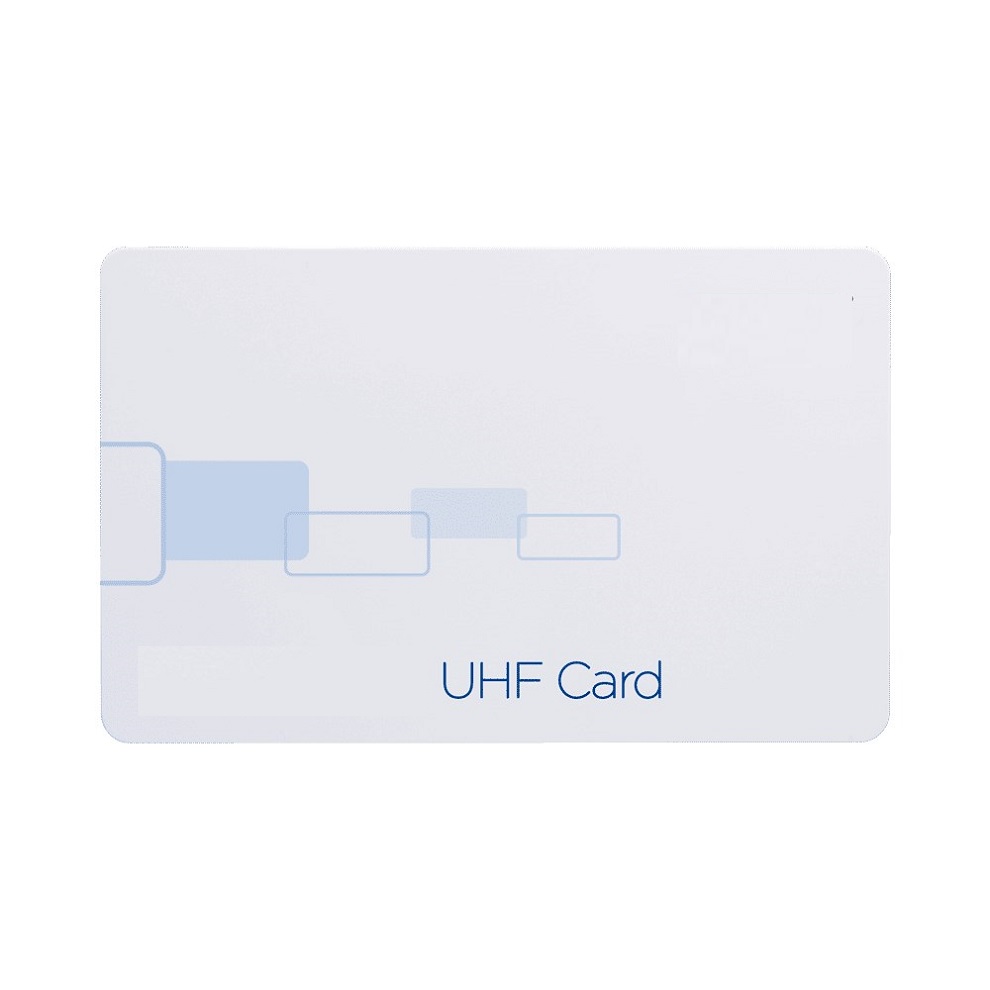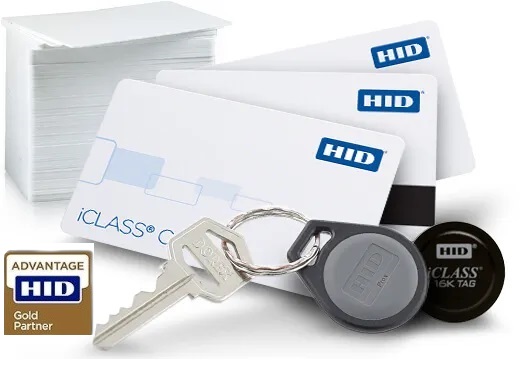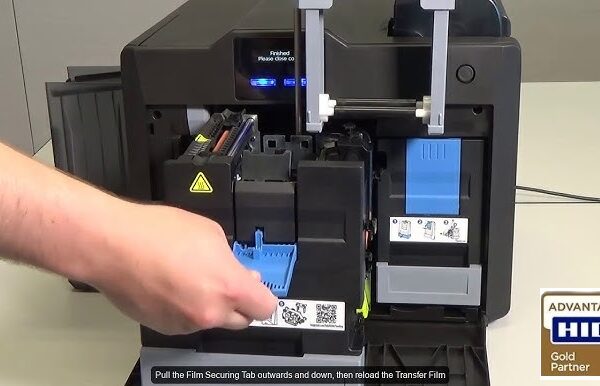The UHF (Ultra High Frequency) RFID card functions at a higher frequency range (860-960MHz) compared to standard Proximity Cards (125kHz). It is offering a significantly extended reading distance of around 3-4 meters. It is commonly utilized in logistics management, container tracking, data collection, and parking systems.
A UHF (Ultra High Frequency) card is a type of RFID (Radio Frequency Identification) card. It operates within the UHF frequency range. The range of frequency is between 860 MHz and 960 MHz. These cards are used for various applications that require long range identification and tracking.
The DTC 1250E card printer produces soft and high quality prints on RFID cards.
Features:
- Longer Read Range: The UHF cards can be read from several meters away, which is significantly farther than low frequency (LF) or high frequency (HF) RFID cards. This makes them suitable for applications that require a greater read distance.
- Fast Data Transfer: The UHF technology allows for faster data transfer rates compared to LF and HF technologies. This efficiency is useful in environments where multiple tags need to be read quickly, such as in logistics and inventory management.
- Less Interference: These UHF cards are less prone to interference from environmental factors like water and metal compared to HF cards, although they can still be affected by these materials to some extent.
- Cost-Effective: The cost of UHF RFID tags has decreased over time, making them more accessible for a wide range of applications.
Common Applications of UHF Cards:
- Access Control: This card is used in security systems for controlling entry and exit in buildings, parking lots, and restricted areas. The long read range allows for hands free access.
- Inventory and Asset Tracking: It is widely used in supply chain management to track products and assets through warehouses and distribution centers. The ability to read multiple tags simultaneously speeds up inventory processes.
- Retail and Logistics: In retail, UHF cards help in tracking inventory levels, reducing theft, and streamlining checkout processes. In logistics, they improve the accuracy and efficiency of shipment tracking.
- Event Management: It is used for attendee tracking at large events, such as conferences and concerts, to manage entry, monitor crowd movement, and enhance security.
- Automated Toll Collection: This UHF RFID technology is used in electronic toll collection systems to identify vehicles as they pass through toll booths, facilitating automatic billing and reducing traffic congestion.
- Library Management: The libraries mostly use UHF RFID tags for book tracking, inventory management, and automated checkout systems.
Advantages of UHF Cards:
- Extended Range: It has the ability to read from a distance without direct line-of-sight.
High Speed Reading: It efficiently managing numerous tags in quick succession is crucial in the retail industry.
Versatile Applications: This card is suitable for various industries and use cases due to their flexibility and adaptability. - Summary: The UHF RFID cards are a powerful tool for applications that require robust, long range identification and tracking capabilities. Their versatility and efficiency make them a popular choice across many industries.
- HID FARGO Omnikey 0321



